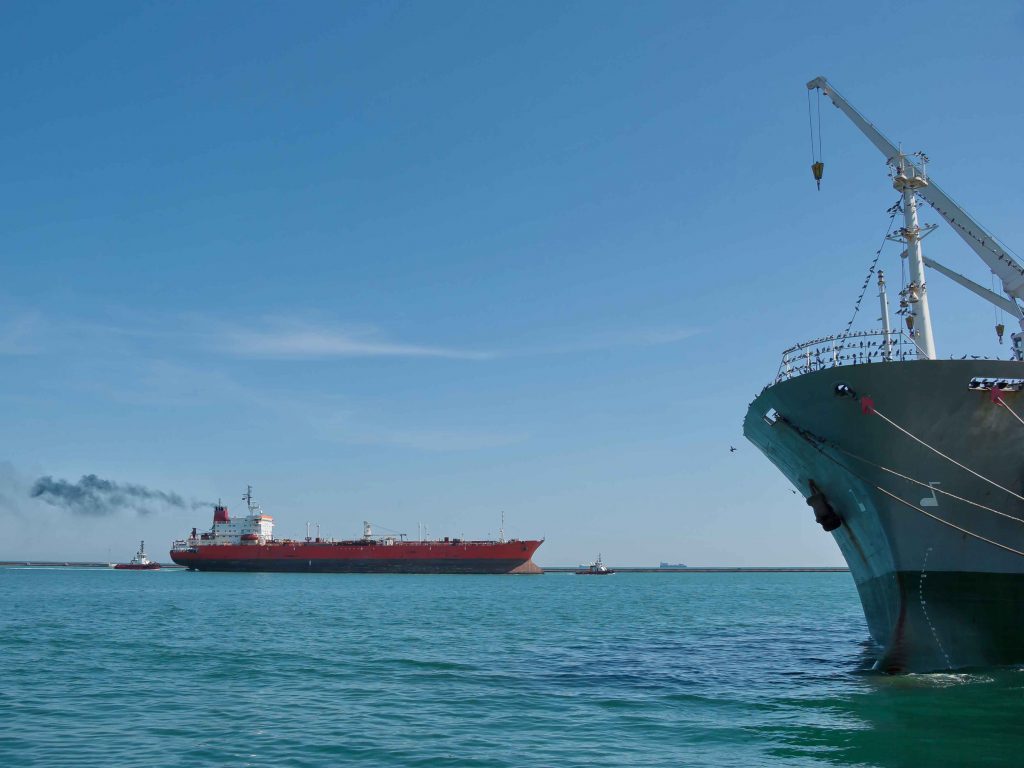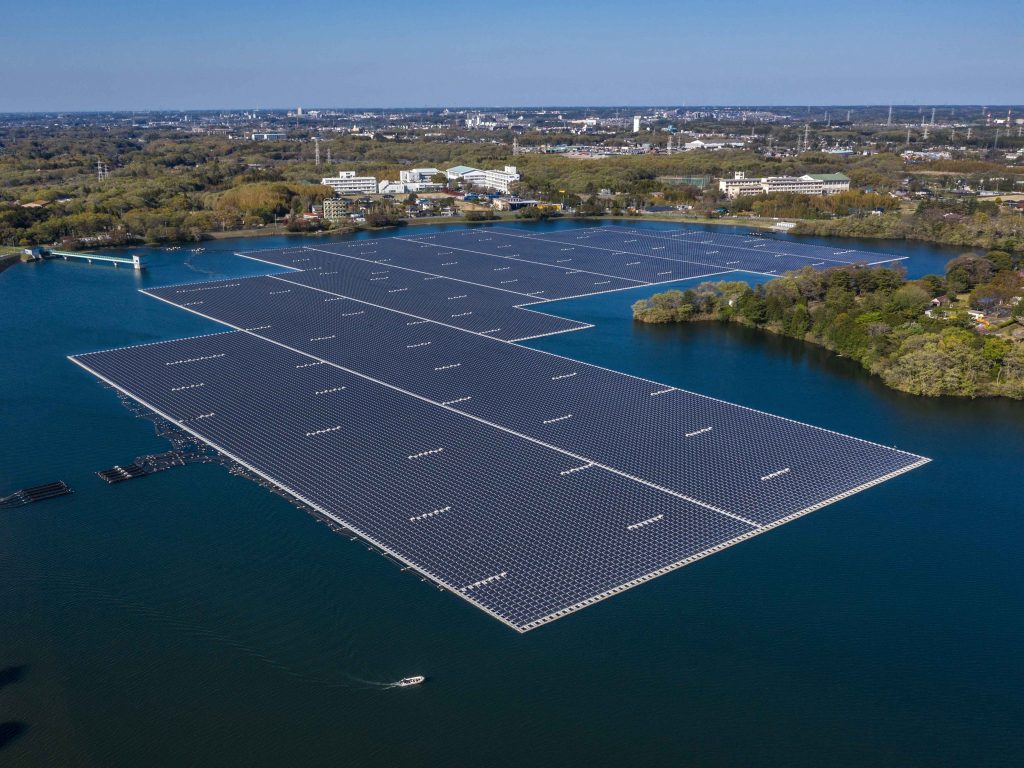Southern Gas Corridor stumbles on red tape
Touted as the beginning of an innovative new energy and transportation link between the Caspian region and Europe
Touted as the beginning of an innovative new energy and transportation link between the Caspian region and Europe
The EU is responsible for naming the project, but energy companies and governments are trying to bring it to fruition by pushing for actual work.
The most widely-known
pipeline project along the corridor is the EU’s Nabucco, but there are several
smaller projects that are taking aim at displacing Nabucco from the top
spot. The Trans-Adriatic Pipeline (TAP),
the Turkey-Greece-Italy Interconnector (ITGI), Russia’s South Stream, and the
Azerbaijan-Georgia-Romania Interconnector (AGRI) all have the potential to
become crucial elements of the larger pipeline system and to render Nabucco
irrelevant.
South Stream, a
pipeline project planned to carry gas from Russia to the rest of Europe, has
been designed with a larger capacity than Nabucco, similar project completion
dates, and an almost identical Central European customer base.
White Stream, a
lesser-known Ukrainian project, could also become a key player in the southern
gas corridor initiative. White Stream
would deliver gas from the Caucasus across Georgia and Ukraine, into Romania
and throughout the rest of Central Europe.
Building so many
pipelines makes little sense. Though
they could potentially introduce some much-needed competition into the market,
the construction costs and environmental upheaval would be considerable. These factors would surely be passed on to
consumers in the form of higher prices, and the return of investment on
numerous small projects would be much too insignificant to justify spending.
Political implications
Politics are becoming
increasingly important, as some governments are pushing hard for their projects
regardless of their cost-efficiency. Russia, in particular, has been aggressive in lobbying for South Stream.
Much of the political
wrangling comes into play when discussing potential routes for various
projects. For example, AGRI would
transport liquid gas by ship across the Black Sea, avoiding both Turkey and
Ukraine. South Stream, too, would bypass
Ukraine by utilising a large offshore section well outside the bounds of
territorial waters. Nabucco would rely
hugely on a large section of pipeline stretching across Turkey. Each country wants a share of the benefits
should the southern gas corridor live up to its promise of economic gain and
increased political clout.
Further complicating
the political climate is the question of who would ultimately secure gas
supplies along the corridor. The
European Commission recommends countries like Iraq, Azerbaijan, and
Turkmenistan, with the possibility of other countries like Iran and Uzbekistan
added when their political climates stabilise. Experts question the sensibility of leaning so heavy on Azerbaijan,
saying that should that nation decide to sell its gas to Russia, the entire
southern gas corridor would likely collapse.
Ecological implications
Each of the proposed
southern corridor pipeline projects makes use of existing sections of
pipeline. When these plans are draw up
on a single map, there is a very clear overlap of many of the projects. It is obvious that there is little difference
from one project to the next. Should all
of these projects – or even several of them – push forward, the ecological
implications would be significant.
Multiple major construction activities occurring simultaneously in close
proximity would destroy ecosystems, change the landscape, displace native
species, and disturb natural gas supplies.
Because so many of these projects overlap, it makes little sense to
approve each one.













